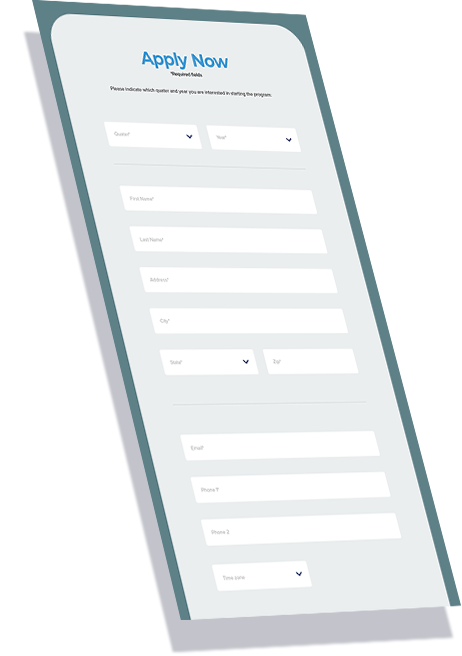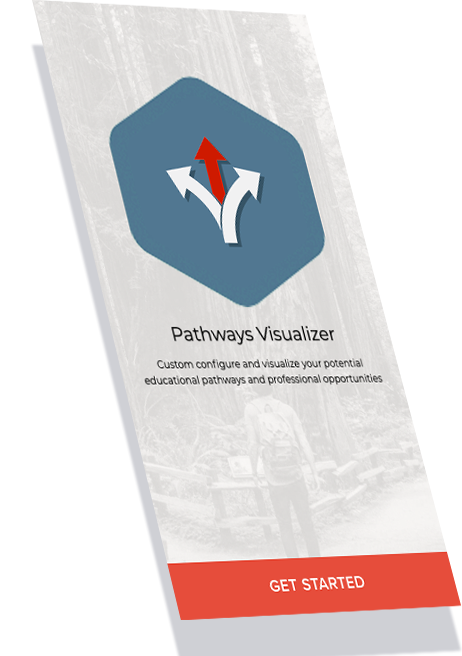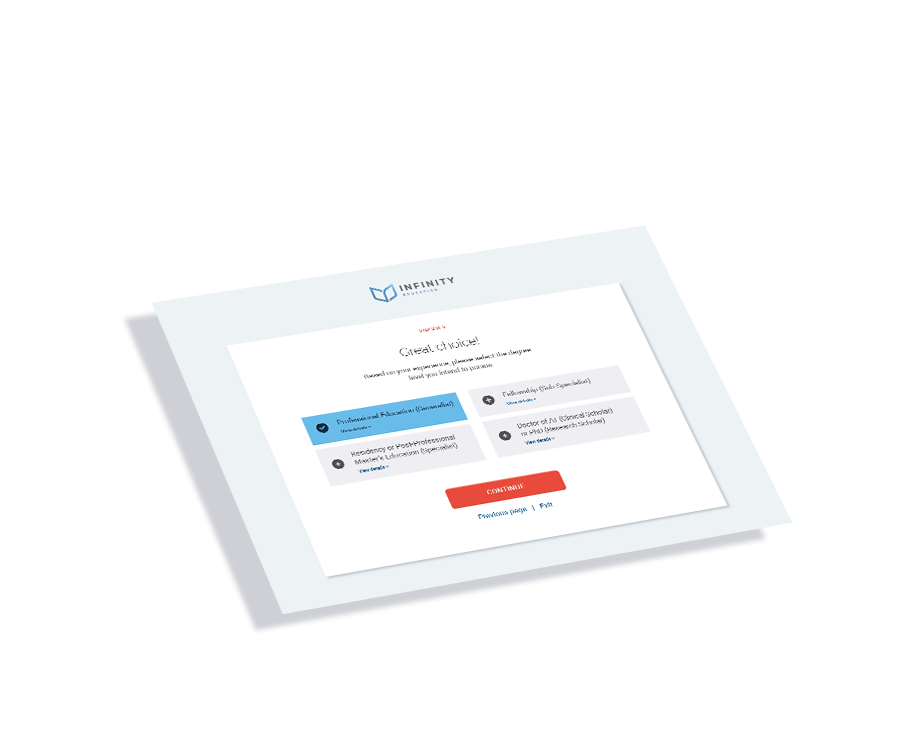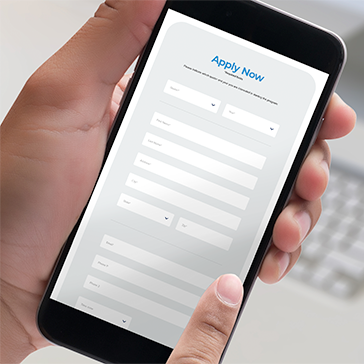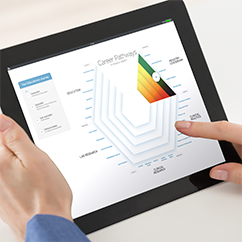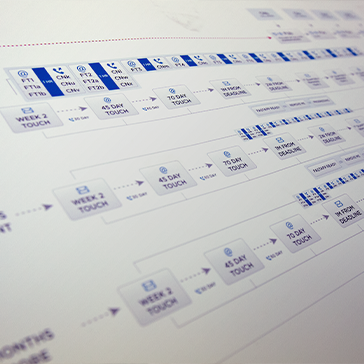Available platforms:

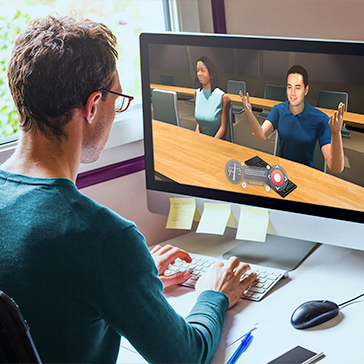
HReality Virtual Classrooms
The value of academia, mentorship, and experiential learning has depreciated with the induction of online learning—much of the human-to-human motivators and interactions were replaced with message boards, video lectures, and the repetition of weekly assignment submissions. HReality virtual classrooms are actively counteracting this by bringing back the connective, human aspect to online learning.
HReality Virtual Classrooms introduce natural human behaviors and appearances into a simulated environment to improve learning, incorporating all four learning modalities, experiential learning, and mentorship. The HReality learning interface includes didactic information, a resource library, interactive 3/4D animation, haptic feedback, and spatial sound.
HReality is conducting ongoing research with the University of Advancing Technology to prove the efficacy of learning in a virtual environment compared to traditional online education delivery.
Creating your HReality virtual classroom is easier done than explained. You’ll be prompted step-by-step to custom configure your classroom with our Classroom Configurator, which acts as a WYSIWYG portal. Here, you chose the type of classroom (generic classroom, lab, lecture hall, auditorium, etc.), seat configuration, table placement, etc., in addition to the ability to completely customize the classroom with other décor and decorations.
Establish trust and mentorship with personally personified avatars. With real life likeness, HReality avatars not only look the part, but they act it will professional etiquette, mannerisms, and gestures that allow the next level of interaction and learning to happen virtually.
Avatars are lidar-scanned and photo-realistic—you fully control, dress, and express. Avatars feature real life body language, gestures, and movement to replicate in-person learning experiences.
Creating your avatar is as easy as 1, 2, 3. Users drop straight into the virtual classroom environment and create a custom character by uploading a photo and choosing clothing. When it comes to personalizing your avatar, the “one touch slider” controls are swift and intuitive with a focus on creating the most dynamic and individualized personification. The slider format allows for left/right slider changing of the body width and up/down slider for changing of the height. Users can pick their skin color on the color wheel or stick with the skin color populated from the HD avatar face creation.
Avatar clothing is designed and customized for each university with options for degree/program industry-specific clothing (e.g., marketing classes would have business professional clothing, nursing classes would have scrubs, etc.), with multiple options to choose from and color customization available.
Spatial digital computing offers new opportunities and efficiencies for human-machine and machine-machine interactions. Allowing for spatial sound, spatial digital computing enables users in the HReality environment to recognize people next to them verses three people down.
In a group setting, such as a classroom, this is very important for knowledge transfer. When you’re interacting face to face, it’s easy to match a voice to the person. Digitally, or virtually, not so much. Inside HReality, spatial sound allows users to differentiate people by location, enabling multiple localized conversations to happen. Users can hear the difference between someone talking next to them or across the table, and hear the sounds of the environment as they walk through the environment.
HReality integrates with the top learning management systems, including Canvas and Blackboard, enabling you to fully configure course content once, then syndicate it with the experiential learning classroom.
Creating your HReality virtual classroom is easier done than explained. You’ll be prompted step-by-step to custom configure your classroom with our Classroom Configurator, which acts as a WYSIWYG portal. Here, you chose the type of classroom (generic classroom, lab, lecture hall, auditorium, etc.), seat configuration, table placement, etc., in addition to the ability to completely customize the classroom with other décor and decorations.
Establish trust and mentorship with personally personified avatars. With real life likeness, HReality avatars not only look the part, but they act it will professional etiquette, mannerisms, and gestures that allow the next level of interaction and learning to happen virtually.
Avatars are lidar-scanned and photo-realistic—you fully control, dress, and express. Avatars feature real life body language, gestures, and movement to replicate in-person learning experiences.
Creating your avatar is as easy as 1, 2, 3. Users drop straight into the virtual classroom environment and create a custom character by uploading a photo and choosing clothing. When it comes to personalizing your avatar, the “one touch slider” controls are swift and intuitive with a focus on creating the most dynamic and individualized personification. The slider format allows for left/right slider changing of the body width and up/down slider for changing of the height. Users can pick their skin color on the color wheel or stick with the skin color populated from the HD avatar face creation.
Avatar clothing is designed and customized for each university with options for degree/program industry-specific clothing (e.g., marketing classes would have business professional clothing, nursing classes would have scrubs, etc.), with multiple options to choose from and color customization available.
Spatial digital computing offers new opportunities and efficiencies for human-machine and machine-machine interactions. Allowing for spatial sound, spatial digital computing enables users in the HReality environment to recognize people next to them verses three people down.
In a group setting, such as a classroom, this is very important for knowledge transfer. When you’re interacting face to face, it’s easy to match a voice to the person. Digitally, or virtually, not so much. Inside HReality, spatial sound allows users to differentiate people by location, enabling multiple localized conversations to happen. Users can hear the difference between someone talking next to them or across the table, and hear the sounds of the environment as they walk through the environment.
HReality integrates with the top learning management systems, including Canvas and Blackboard, enabling you to fully configure course content once, then syndicate it with the experiential learning classroom.
